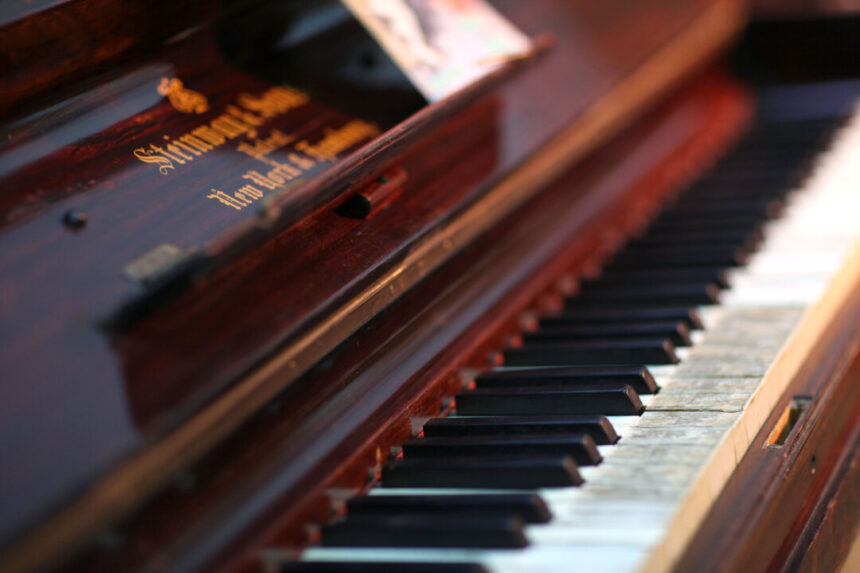The sight of piano movers outside sparked my curiosity, reminding me of my own experience moving pianos in the past. The workers were preparing to install a beautiful antique studio piano at a nearby apartment, a task that brought back memories of my early days in the field.
These movers handle varying numbers of pianos each day, with grand pianos posing the biggest challenge and small spinets being the easiest to move. The cost of moving a piano in town can run around $1,000, reflecting the specialized nature of the job that requires professional expertise.
The piano market has shifted significantly, with used pianos often available for free on platforms like Facebook Marketplace, leaving only the moving costs to be covered. This trend underscores the changing landscape of piano ownership and the challenges faced by traditional piano manufacturers in the United States.
Despite the decline in piano skills among the general population, it is heartening to see these instruments still finding homes. The Baldwin piano being moved that day was a testament to the durability and quality of these instruments, even as American piano manufacturing declined over the years.
The golden age of American pianos, between 1890 and World War II, saw a thriving industry that catered to a growing demand for these instruments. Companies like Steinway exemplified American craftsmanship, producing high-quality pianos that set the standard for excellence.
The decline of the American piano industry in the mid-20th century marked the end of an era when pianos were a central fixture in households and cultural life. The economic factors that once favored American piano manufacturing shifted, leading to a decline in sales and the closure of many iconic piano companies.
The legacy of the American piano industry lives on in the surviving shops and businesses that catered to the piano market, reflecting a bygone era when pianos were cherished as investments and cultural essentials. The impact of this industry on music education and entertainment cannot be overstated, leaving behind a rich history of craftsmanship and artistry. As the Great Depression worsened, the cost of pianos would be equivalent to about $8,500 in today’s terms. This marked the beginning of the end for the American piano industry. The Depression led to a decrease in discretionary spending, while the Wagner Act of 1935 increased labor costs, making it difficult for the industry to survive. The onset of World War II further hindered manufacturing due to rationing of materials.
During this time, German-made pianos began to dominate the market, with brands like Bechstein, Blüthner, and Schimmel gaining popularity. Following World War II, the trend of overseas production continued, with Japan emerging as a major competitor to the United States.
By the 1970s, Japan surpassed the United States in piano production, and production eventually shifted to countries like Korea and China. American brands like Steinway and Baldwin survived by outsourcing their manufacturing to China.
The decline of the American piano industry reflects a larger trend of U.S. manufacturing moving overseas. The shift away from domestic production has had a significant impact on the quality and sound of pianos. While older American-made pianos are cherished for their warm and symphonic sound, newer Chinese pianos are often criticized for sounding harsh and percussive.
Despite the decline of the American piano industry, there is still a market for used American pianos with their distinct sound. Brands like Steinway continue to produce high-quality instruments, albeit at a high cost.
The decline of the American piano industry is seen as a tragedy, with the impact of globalization playing a significant role. While the industry may never fully recover, there is still a demand for these classic instruments in the used market.
The author’s opinions in this article do not necessarily reflect the views of The Epoch Times. Can you please rephrase this sentence?
Source link





